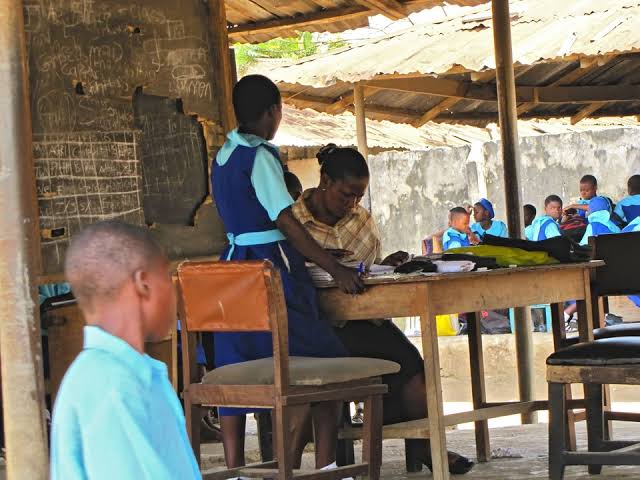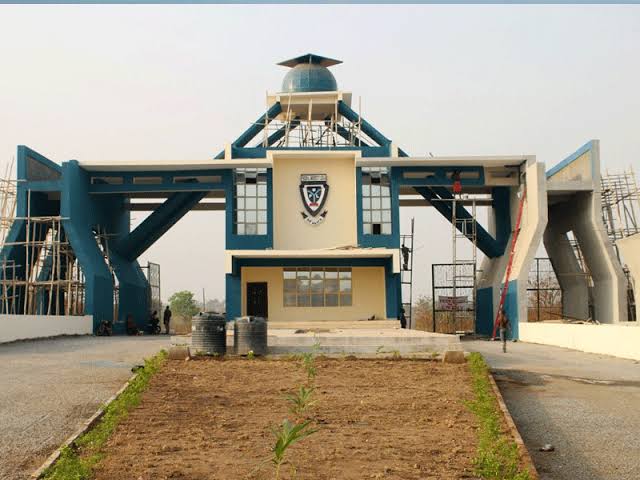Education is widely regarded as the cornerstone of national development, yet in Nigeria, this foundation is often compromised by dilapidated infrastructure. From crumbling classroom walls to non-existent libraries, the physical state of many educational institutions paints a grim picture. The infrastructural deficit in Nigeria’s education sector is not merely an inconvenience; it is a significant barrier to quality learning.
The infrastructural gap in Nigeria’s education system spans primary, secondary, and tertiary institutions. According to a report by the Universal Basic Education Commission (UBEC), over 50% of public schools in Nigeria lack adequate classrooms, desks, and basic amenities such as water and sanitation facilities. In rural areas, some students attend lessons under trees or in makeshift structures made of thatch and mud. In urban centres, overcrowded classrooms are the norm, with student-to-classroom ratios sometimes exceeding 100:1. This dire situation severely affects the quality of education and the learning environment.
One of the most glaring issues is the absence of basic facilities. A survey conducted by the National Bureau of Statistics (NBS) in 2022 revealed that 62% of schools lack access to potable water; 78% of schools do not have functional toilets; Only 35% of schools have a library, and fewer than 10% have science laboratories. These statistics highlight the severe infrastructural inadequacies that hinder effective teaching and learning.
Nigeria’s universities, polytechnics, and colleges of education are not exempt from this crisis. Many tertiary institutions suffer from inadequate lecture halls, outdated laboratories, and insufficient student accommodation. For instance, the Academic Staff Union of Universities (ASUU) has frequently cited poor infrastructure as one of the reasons for its recurring strikes. The state of many university hostels is deplorable, with students living in overcrowded and unsanitary conditions. Laboratories are often under-equipped, forcing students to rely on theoretical knowledge without practical experience.
The impact of poor infrastructure on learning outcomes cannot be overstated. Studies have shown a direct correlation between the quality of school facilities and student performance. A well-ventilated, adequately lit, and comfortable classroom environment enhances concentration and learning.
Conversely, students who learn in poorly maintained facilities are more likely to experience fatigue, distraction, and reduced academic performance. In science and technology disciplines, the lack of functional laboratories limits hands-on experience, making students less competitive globally.
Over the years, various Nigerian governments have acknowledged the infrastructural challenges in the education sector and initiated programmes to address them. The Tertiary Education Trust Fund (TETFund) and the Universal Basic Education (UBE) programme are two significant initiatives aimed at improving infrastructure in schools. TETFund has financed the construction of lecture halls, libraries, and laboratories in tertiary institutions.
UBE has supported the building of classrooms and the provision of teaching materials at the basic education level.
Despite these efforts, progress has been slow due to inadequate funding, corruption, and poor project implementation. The education sector in Nigeria is chronically underfunded. The United Nations Educational, Scientific and Cultural Organisation (UNESCO) recommends that countries allocate at least 15-20% of their annual budgets to education. However, Nigeria consistently allocates less than 10%.
This insufficient funding has led to a backlog of infrastructural projects, with many schools relying on donations and community efforts to improve their facilities. In some cases, projects that are funded are poorly executed due to corruption, leaving schools with substandard or incomplete buildings.
Given the scale of the infrastructural deficit, there has been increasing involvement from the private sector and community organisations. Many companies have adopted schools as part of their corporate social responsibility (CSR) initiatives, providing funds for the construction of classrooms, libraries, and other facilities.
Community-driven efforts have also played a crucial role, especially in rural areas. Parents and local leaders often contribute labour and materials to build and maintain school facilities, although these efforts are usually limited in scope and sustainability.
To address the infrastructural challenges in Nigeria’s education sector, a multifaceted approach is necessary. The government must prioritise education in its budget, meeting or exceeding UNESCO’s recommendation.
Also, anti-corruption measures should be strengthened to ensure that funds allocated for infrastructure are used appropriately. Infrastructure must be regularly maintained to prevent deterioration and prolong its usability.















